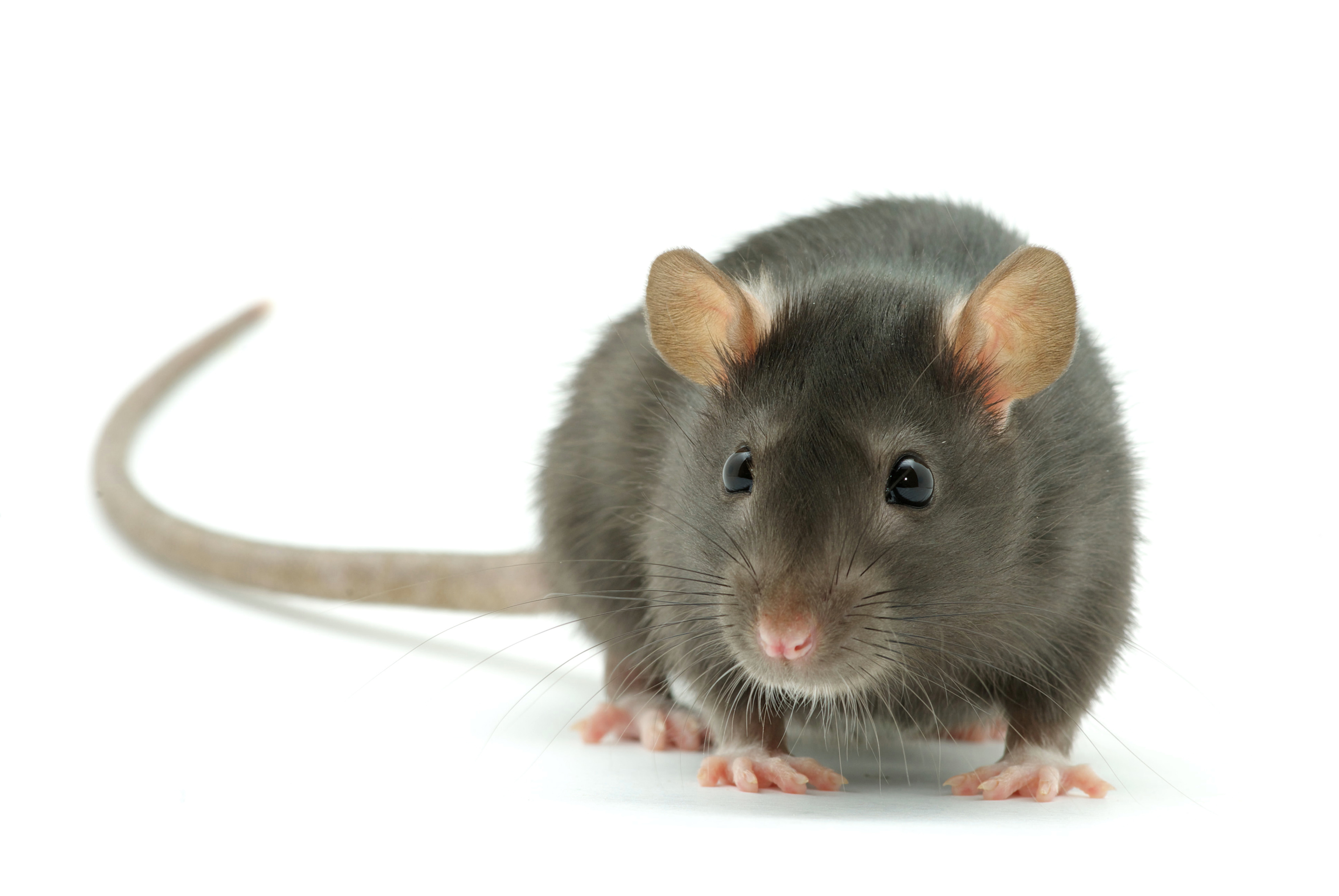Hot as hell.
The rodents know better.
The rodents know better.

It's a good thing animals can't read. Most of them produce their own vitamin C and therefore don't care what the German Nutrition Society (DGE) writes on this topic. It recommends a daily intake of 110 mg of vitamin C for adults. Rats, for example, care very little about this. She knows better and so she happily produces 5000 mg of vitamin C every day. Under stress even 100,000 mg!
One can only wonder. Such a small animal needs so much vitamin C to stay healthy and a human can supposedly get by on just 110 mg a day? The DGE's recommendations would be okay when it comes to preventing dramatic deficiency diseases such as scurvy. But fundamentally, preventing serious deficiency diseases has nothing to do with optimal health care. That's why every cold virus would laugh at you if you just adhere to the DGE intake recommendation.
The DGE recommendations, which were, by the way, thought up in the 1950s! and has not calculated, prevent typical vitamin deficiency diseases that break out after a short time - but not the major civilization diseases of our time, which only appear after years of deficiency. It doesn't help that the numbers made up have been adjusted again and again over the years. And no one knows exactly what they were actually adapted to. The confusion becomes even greater when you look at the daily intake recommendations in different countries. They differ up to 20 times! Of course you ask yourself, why does a Dutch or American, for example, need significantly more vitamin C than a German?
All nonsense. It's better to focus on science. For example, many scientists today associate heart attacks, the number one cause of death in Europe, with, among other things, years of vitamin C deficiency. The problem actually seemed to have been solved long ago. In an ingenious experiment in 1953, Professor Willis examined arteriosclerosis in guinea pigs in more detail. Why guinea pigs? Because, just like humans, they cannot produce vitamin C themselves and the symptoms that occur in these animals are no different from the human disease.
And Professor Willis found out:
- Guinea pigs with a high vitamin C intake do not develop arteriosclerosis (three grams of vitamin C per day, converted to humans).
- Guinea pigs with a chronic vitamin C deficiency quickly develop arteriosclerosis (100 milligrams of vitamin C per day).
- High amounts of vitamin C plus high amounts of cholesterol do not lead to arteriosclerosis.
- If arteriosclerosis is caused by a vitamin C deficiency (less than 100 milligrams per day) and higher amounts of vitamin C are then given, the arteriosclerosis disappears.
Therefore, the recommendation of orthomolecular medicine is 3 to 5 grams or 3000 to 5000 mg of vitamin C EVERY day!
This text
may contain translation errors as the translation was done by an online
translation tool.